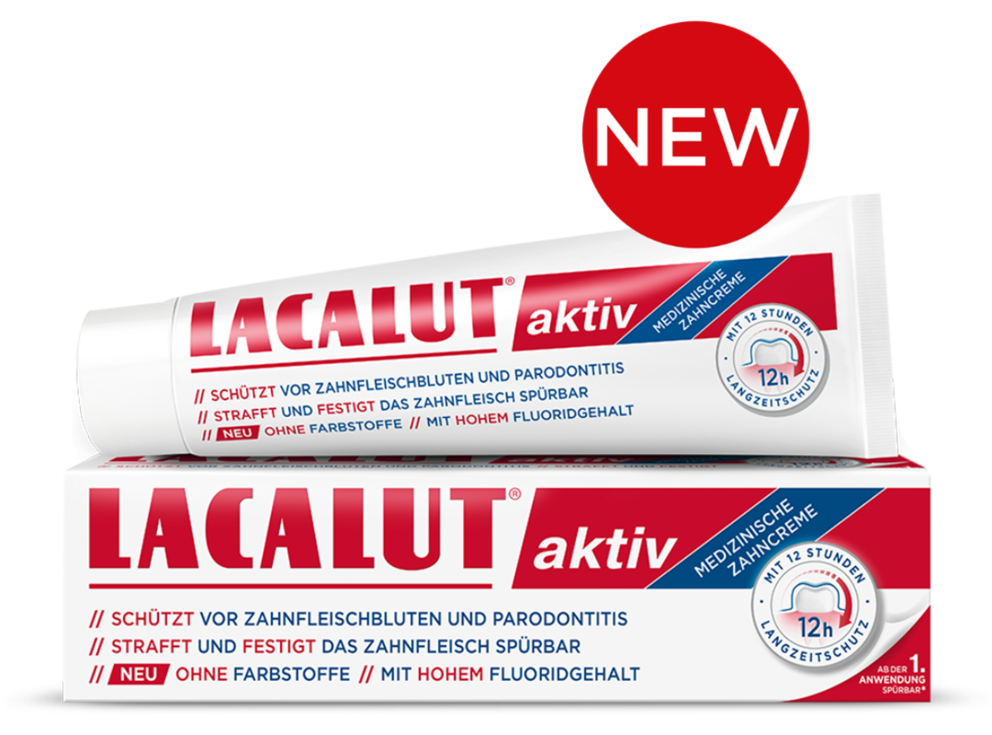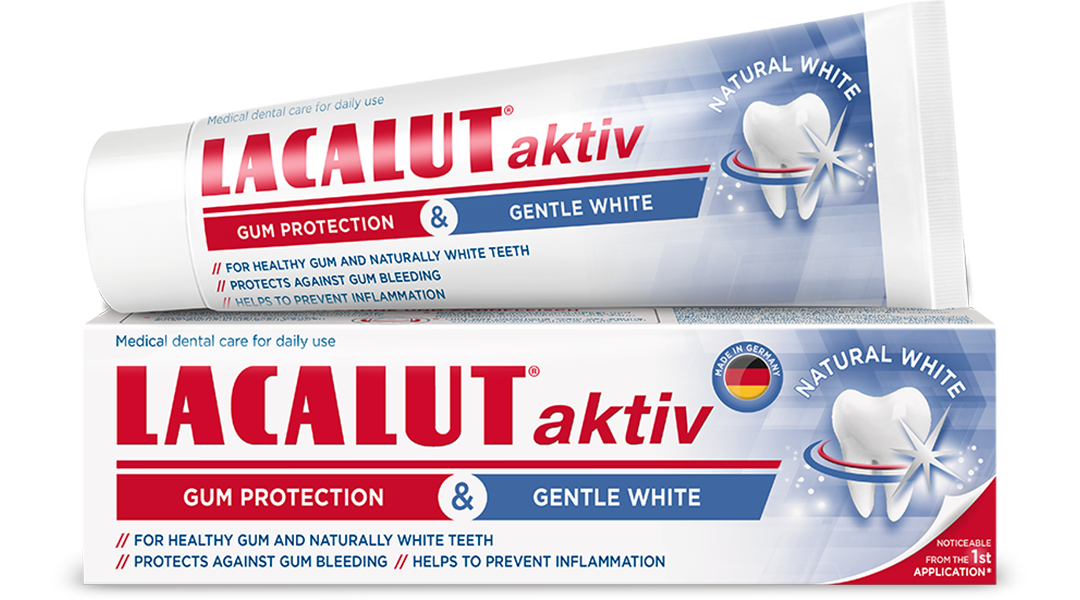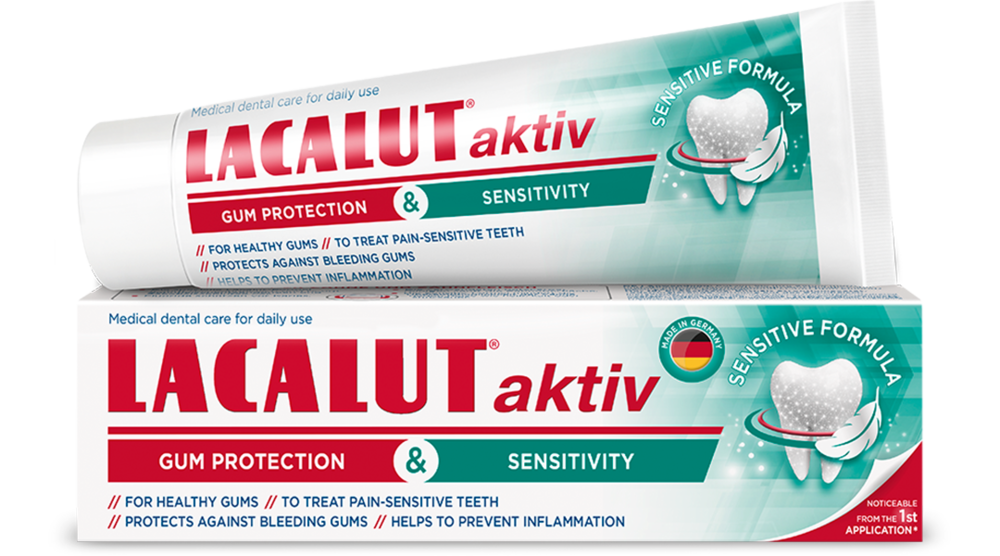DENTAL PROBLEMS
Caries – the underestimated risk
Who doesn't remember the story of "Karius and Bactus" from their childhood? To this day, the story teaches children about these two bad bacteria, what it means to have a hole in your tooth, and why it's so important to brush your teeth regularly. However, by the time we become adults, or much sooner, many of us will have forgotten the details of the story, Despite constant warnings from doctors and scientists that tooth decay is the most common disease affecting teeth and a serious threat to oral health . If left untreated, it can have serious consequences for the entire body.
Then we explain why this happens and how you can avoid tooth decay.
What exactly is tooth decay?
In short, caries, which actually means tooth decay, destroys the substance of the tooth (technically speaking, the structure of the teeth). It is a destructive descaling process that affects the teeth. You can imagine the development of tooth decay like this: just as rocks constantly surrounded by salty seawater gradually become hollow and thus increasingly porous and full of holes, tooth decay washes away the tooth's minerals, i.e. the hard tooth substance. First, the surface of the tooth is destroyed. A discolored tooth is a sign of damage. then a hole develops. The tooth becomes painful when its soft parts, including the nerve, are also affected.
Our product recommendations
Sugary foods and bacterial waste are to blame
The process of destroying tooth substance is triggered by acids, which are a waste product secreted by bacteria living in the mouth. These acids attack the enamel, the hard outer layer of the tooth, and destroy it.
General information:
Scientific evidence shows that more than 700 different species of bacteria live in our mouths and we don't even notice them. Similar to our intestinal flora, where good bacteria play important roles, many such microorganisms also exist in our mouths. They are actually useful and important for a healthy oral flora.
However, other bacteria live in food and drink residues, especially sugar residues from food. If not removed by regular tooth brushing, deposits will form on the surfaces of the teeth and especially in the interdental spaces. Food residues are metabolized by bacteria which, in this way, release acids that are dangerous to the substance of the teeth and caries is caused. The latter will progressively worsen if left untreated.

How we detect tooth decay:
Tooth decay can have a number of different external characteristics, depending on where it occurs. As mentioned earlier, tooth decay is present long before it appears as a dark hole in the tooth. Furthermore, the term caries is also misleading, as enamel (and dentin below) is deionized by acids.
In its so-called initial stages, tooth decay is often quite inconspicuous, as it appears as white spots on the tooth that are lighter in color than the rest of the tooth. In the early stages of the process, the tooth surface is generally still intact. However, enamel demineralization has already begun in these areas, which then makes them porous. Black spots also appear – another sign of tooth decay. While older children, teenagers and adults usually struggle with the chewing surfaces and interdental spaces, the elderly (age 60+) tend to have more problems with tooth decay affecting the necks of the teeth because as we age the necks of the teeth often exposed as our gums recede.
This type of caries that affects the sensitive necks of the teeth, where the natural protective layer is significantly thinner, is also called root caries.
Visit to the dentist: diagnosis and treatment

Unfortunately, after an initially successful treatment, so-called secondary caries can occur, i.e. if bacteria colonize the spaces between the filling and the tooth. Since tooth decay can often only be detected by x-ray, regular dental checkups are important. Using a probe, the dentist can determine the depth of the cavity. X-rays are particularly good at revealing carious defects, which is why they are often used for this purpose. In advanced cases, the decayed areas may need to be drilled and filled.
In the initial stages, it is still possible to treat tooth enamel descaling
How to prevent tooth decay with proper nutrition and care?
The good news: at an early stage, caries can still be stopped without having to drill and fill the cavities, i.e. with the active substance fluoride. Toothpastes with fluoride, e.g. LACALUT, make sure that the minerals contained in our saliva can neutralize the destruction of tooth enamel. Fluoride toothpastes strengthen and thus stabilize the enamel. Strong tooth enamel is less susceptible to bacteria. If you're on the go and can't brush your teeth after a meal, chewing gum that contains xylitol can be helpful. It will stimulate saliva production and help neutralize the acids in the mouth. In general, drinking plenty and having a good flow of saliva are important ways to prevent tooth decay, as several of the components found in saliva have antibacterial properties. The minerals contained in saliva can counteract the loss of the hard substance of the teeth.
Something that is often underestimated: Untreated tooth decay is extremely dangerous since the inflammation can spread to the jawbone. In addition, bacteria can also enter our body through the bloodstream and then cause inflammation of the organs.
How to prevent tooth decay with proper nutrition and care?

Tooth decay bacteria love sugars like those found in food and drinks. Refined sugars as well as glucose and fructose are ideal food for microorganisms. That's why you should avoid sugary foods and drinks or consume them only in moderation and brush your teeth immediately after consuming them.
Cleaning your teeth
It is the only way to reduce harmful bacteria. The goal is to prevent the constantly forming film made up of saliva and bacteria, also called plaque or biofilm, from getting thicker and thicker, as it is a particularly good place for the bacteria that cause cavities to multiply. Long chain sugar compounds, e.g. Carbohydrates found in whole grain products do not cause tooth decay. However, food residues must always be thoroughly removed – for long-lasting healthy teeth.


